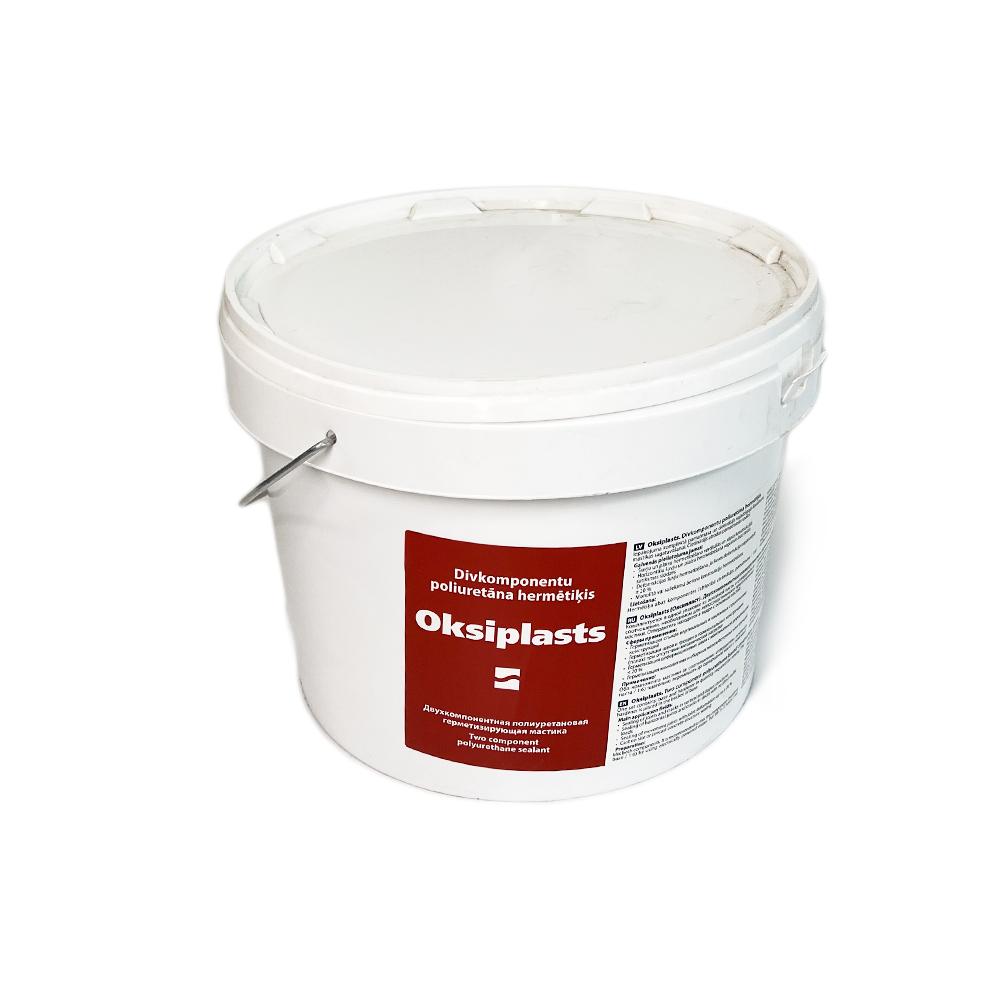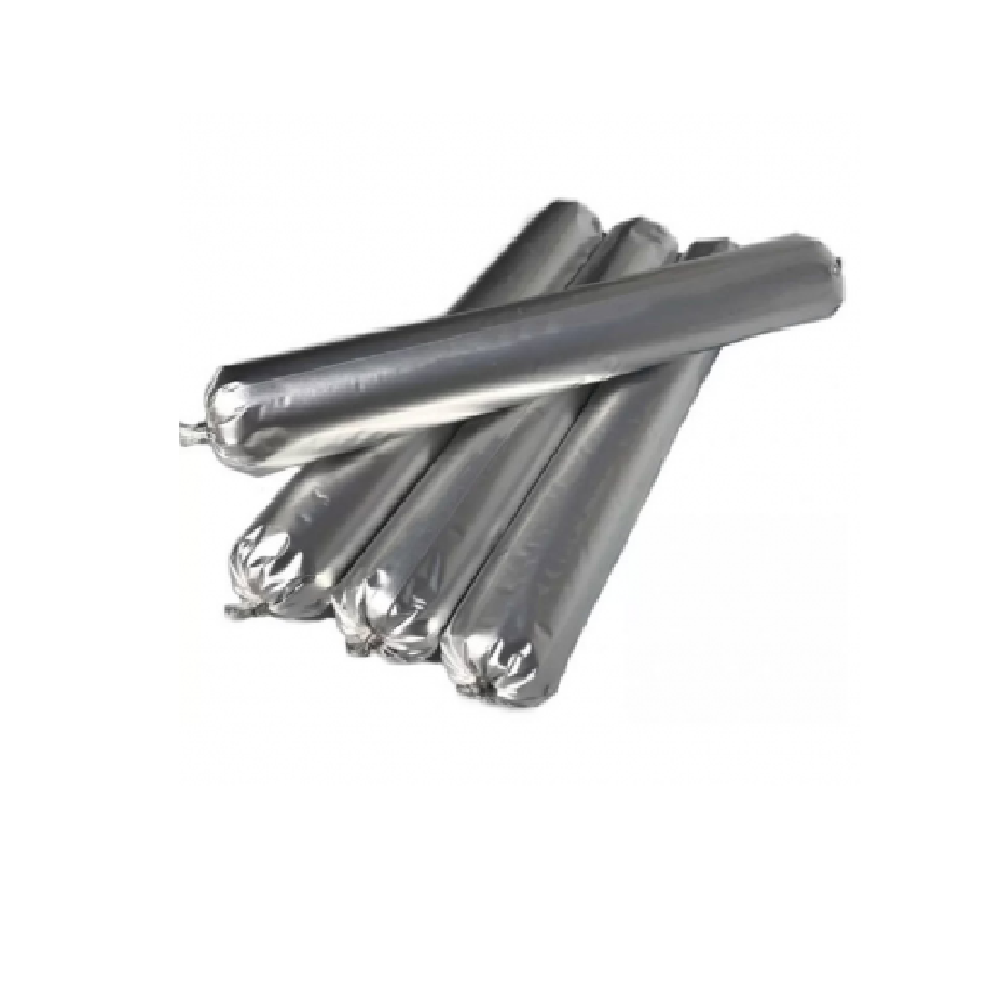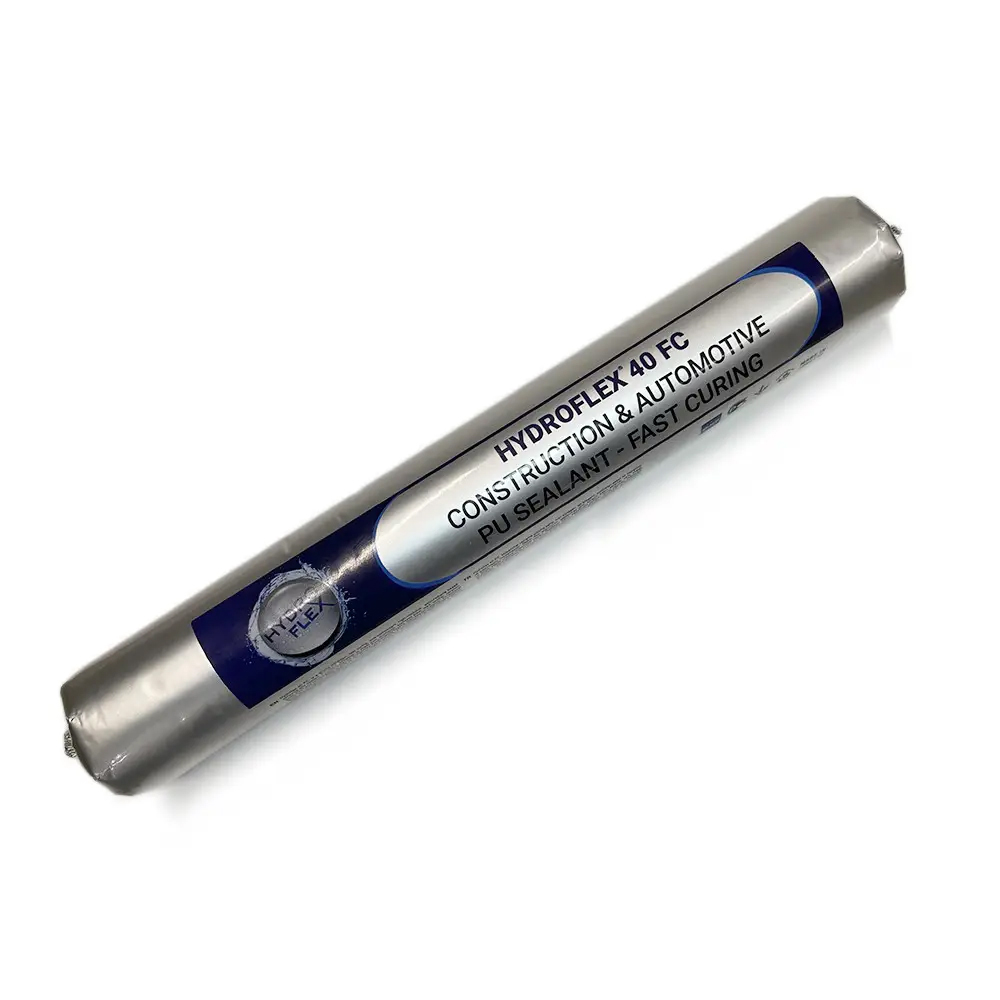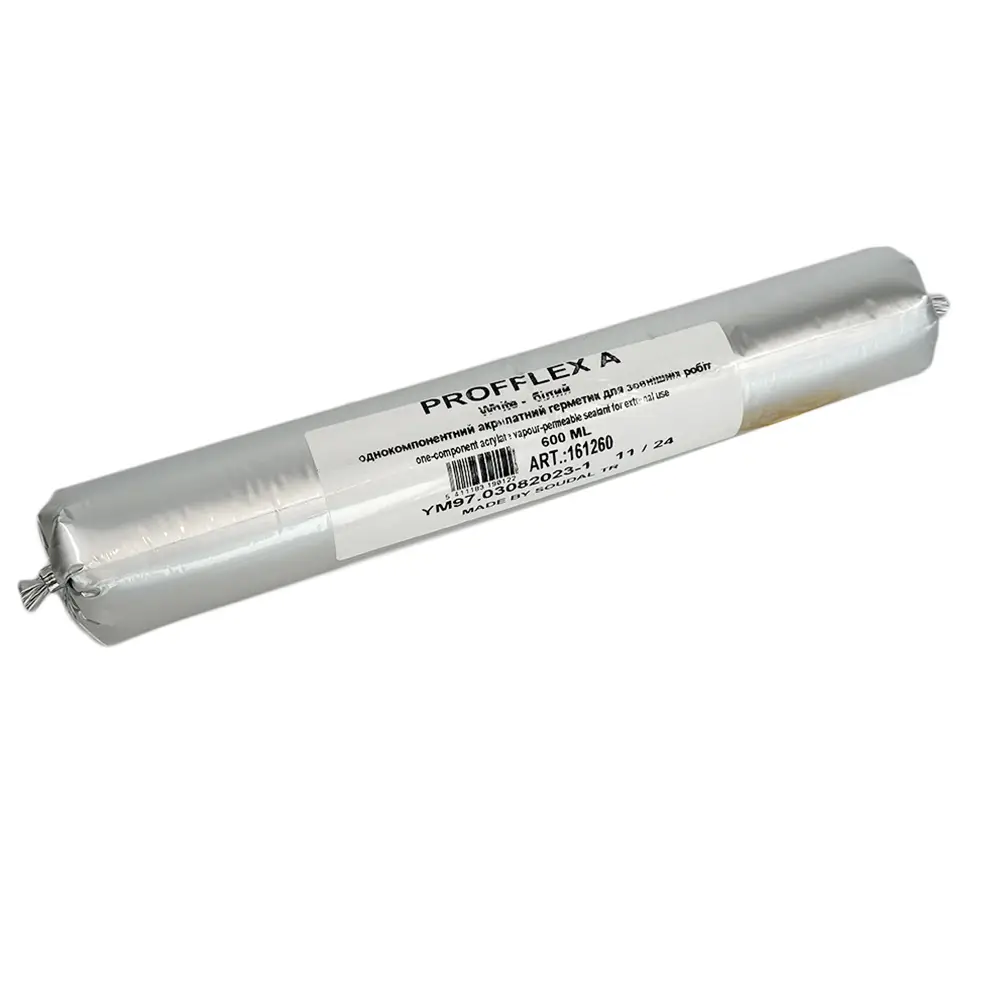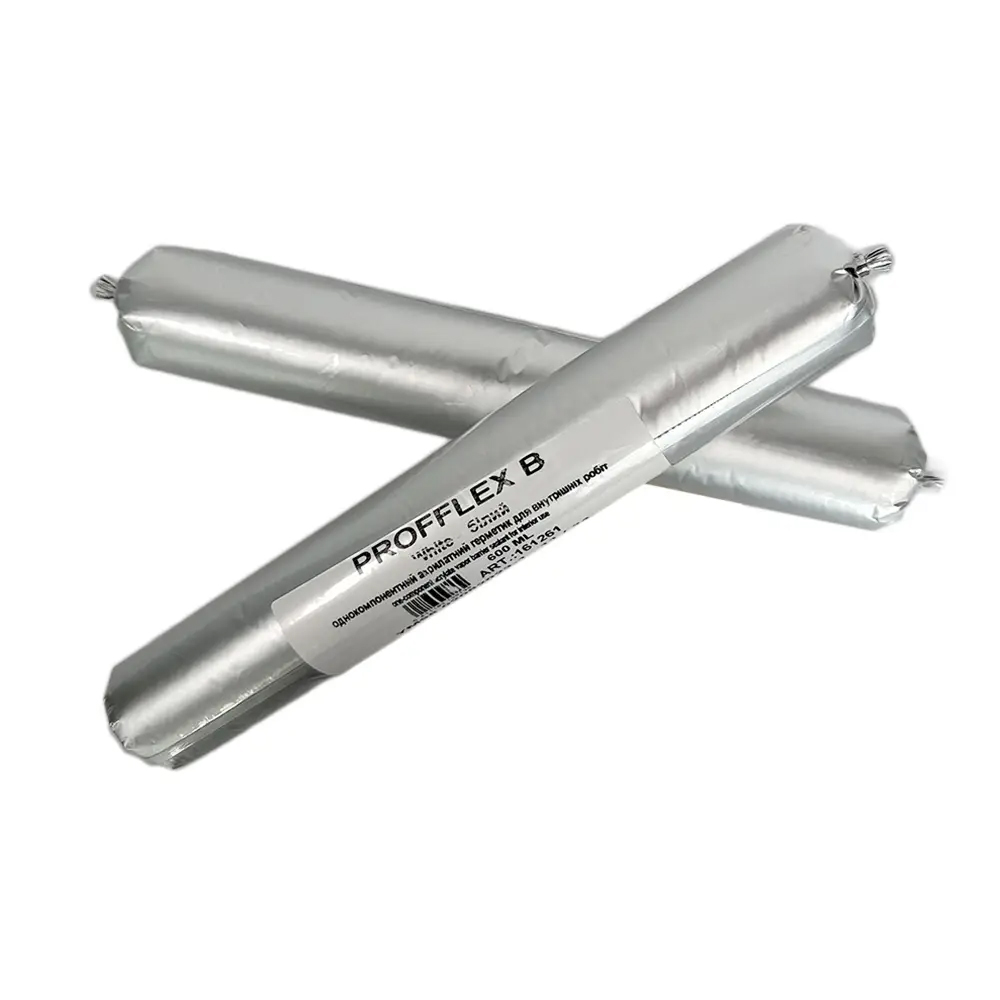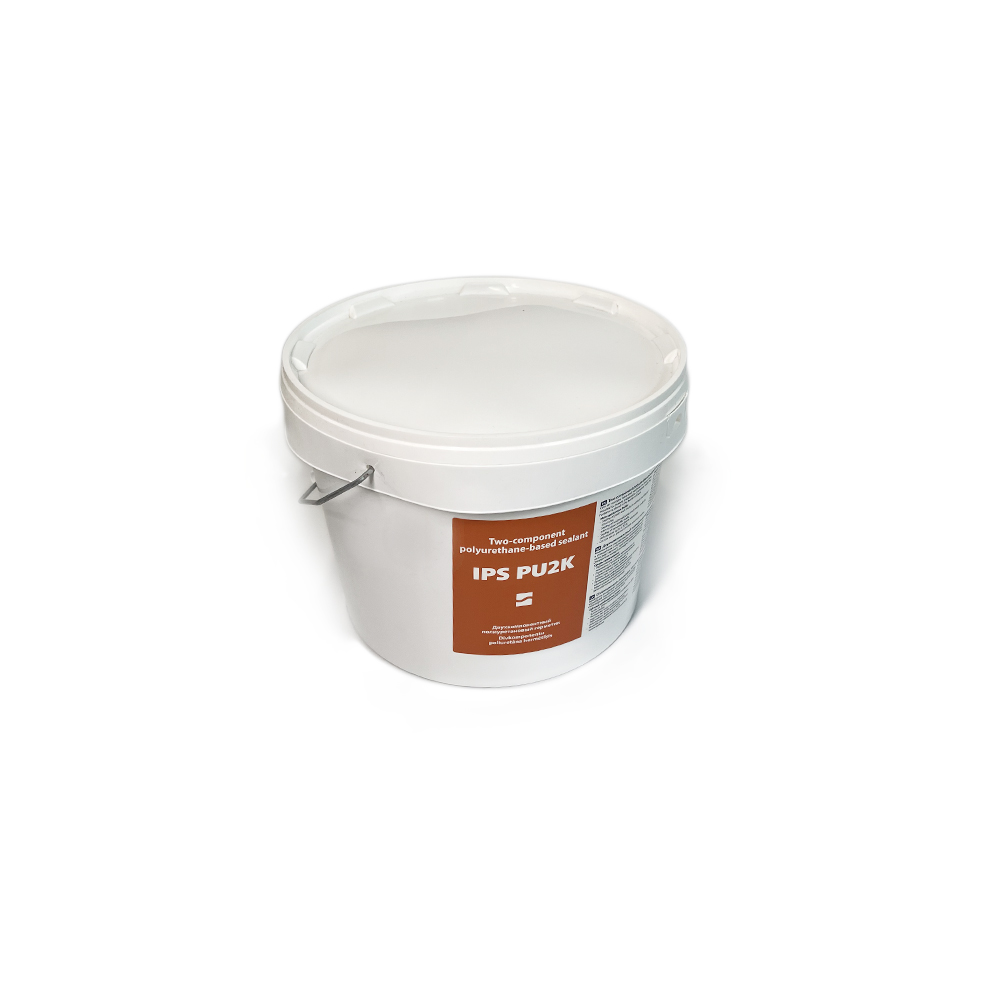The device of the deformation seam
To prevent the formation of a third plane of contact of the sealant with the structural elements of the seam, it is always necessary to use anti-adhesive compounds or sealing gaskets, such as, for example, a bundle of foamed polyethylene.
To limit the depth of the sealant layer, achieve the recommended ratio of width and depth of the sealant, as well as to reduce material consumption, it is recommended to select the size of the sealing gasket taking into account the actual width of the seam. It is necessary to follow the recommendations for the optimal width and depth of the seam for this sealant. Applying the sealant with a layer thickness less than the minimum recommended leads to a decrease in the durability of the sealing seam. Exceeding the maximum recommended thickness of the sealant layer causes high internal stresses that contribute to the appearance of cracks. Narrow seams need to be enlarged with special tools to achieve the recommended width and depth. Seams that are too wide, as well as seams with a porous, fragile surface, should be treated with appropriate repair compounds.
Surface preparation
The surface in contact with the sealant must be strong, clean and dry.
The surface of the joint must be cleaned of all contaminants that reduce the adhesive strength of the sealant with the surface - from dust, cement film, cement mortar residues, residues of previously applied sealing material, etc., in winter – from snow, frost, ice. The surfaces are cleaned with metal brushes manually or with an electric tool, then purged with compressed air. Places contaminated with oil or fat must be degreased with appropriate solvents according to local regulations. Fresh concrete foundations must be maintained for at least 28 days to reduce humidity to an acceptable level. To check the quality of the seam, we recommend preparing a test seam on the construction site. If, despite compliance with the recommendations for surface preparation, the adhesion of the sealant to the surface is unsatisfactory, it is necessary to apply special methods for surface preparation. In this case, contact the manufacturer's representative.
Applying the sealant
Before applying the sealant, be sure to study the appropriate safety data sheet and make sure that all the manufacturer's instructions are followed.
Make sure that the ambient temperature at the place of application of the sealant is within the permissible range of application temperatures. The sealant is allowed to be applied only to the seams corresponding to the recommended parameters and prepared according to the above instructions. The sealant is applied to the seam by squeezing with the appropriate syringe (gun). Insert the tube with the sealant into the cylinder of the syringe, cut off the tip of the tube from the tip (nozzle) and close the cylinder. Select and install the tip corresponding to the size of the seam. When applying the sealant, the tip of the syringe is inserted into the sealed seam at an angle of 45 °. Filling of a vertical or inclined seam is performed from top to bottom. Horizontal seams are filled in the direction of the hand that holds the handle of the syringe. Gently and evenly squeeze the sealant into the seam, avoiding the formation of voids and air bubbles, ruptures and inflows. At a low temperature, the sealant may have an increased viscosity. In the case of sealing works at low temperatures, it is recommended to keep packages with sealant in a warm room for at least a day to facilitate the process of squeezing out of the syringe. Immediately after filling the seam, it is necessary to align and seal the applied sealant, as well as give it the desired shape with the appropriate tool (spatula) of the appropriate size and configuration. The tool is wetted in a soapy solution to prevent the sealant from sticking. It is not allowed to directly apply a soap solution to a freshly applied sealant. The tools are cleaned immediately after completion of the work with approved solvents (it is recommended to use acetone or whitespirite). Excess hardened mastic is removed mechanically. The newly applied sealant must be protected from rain for a period of time exceeding the time of formation of the surface film. It is possible to use a polyethylene film, tape or other material, while it is necessary to prevent the adhesion of the protective material to the sealant laid in the seam, as well as to prevent damage to the adjacent decorative coating.


